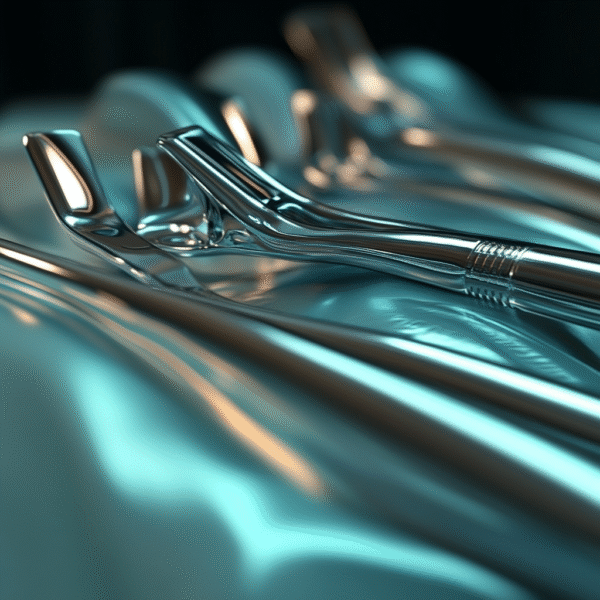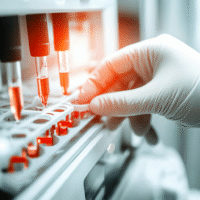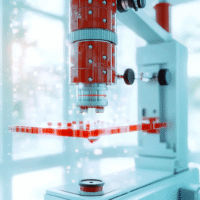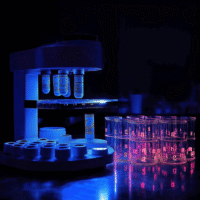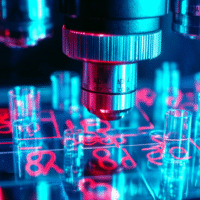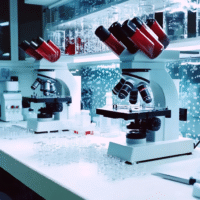Integration of Case-Based Learning and Three-Dimensional Printing for Tetralogy of Fallot Instruction
Key Findings:
Combining case-based learning (CBL) with 3D-printed models results in improved performance in post-class examinations, particularly in pathological anatomy and TOF imaging data analysis.
Students in the CBL-3DP group reported enhanced satisfaction with teaching mode, improved diagnostic skills, bolstered self-assurance in managing TOF cases, and cultivation of critical thinking and clinical reasoning abilities.
Implications:
The fusion of CBL with 3D printing models is feasible and effective in TOF instruction for clinical medical undergraduates, offering practical solutions for mastering instructional content, bolstering student interest, and increasing self-confidence in learning.
Practical Solutions and Value:
Enhanced Learning: 3D-printed models combined with CBL improve examination performance and promote enhanced diagnostic and critical thinking skills.
Increased Satisfaction: Students using 3D-printed models reported higher satisfaction, bolstered self-confidence, and improved interest in learning TOF.
Feasibility and Effectiveness: The integration of CBL and 3D printing models offers effective and practical instructional tools for medical education, especially for courses involving intricate anatomical components.
Clinical Trials and AI-Driven Solutions
Clinical trials are crucial for safe and effective treatments. Our AI-driven platform, DocSym, consolidates ICD-11 standards, clinical protocols, and research into an easily accessible knowledge base for clinicians.
In today’s healthcare environment, streamlining operations is crucial. Our mobile apps support scheduling, monitoring treatments, and telemedicine to manage patient care and expand services digitally.
AI can enhance workflows, improve patient outcomes, and reduce paper routines. Learn more at aidevmd.com.











